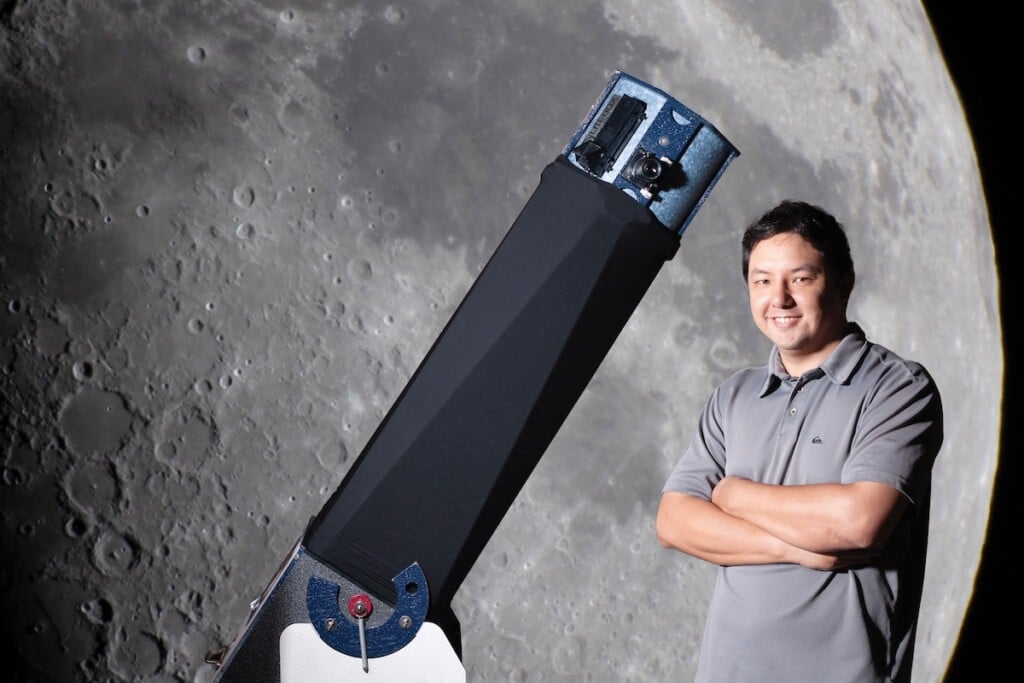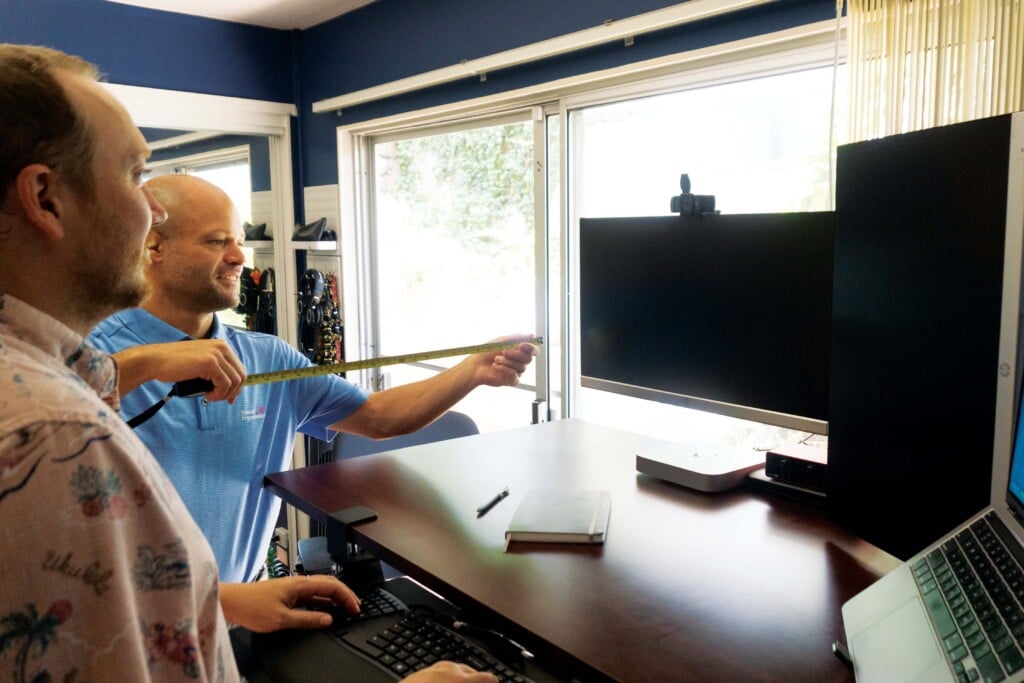My Job: Explosive Vocation

Name: Kamakaniolu De Dely
Age: 36
Job: Unexploded ordnance technician team leader
Start: The Waianae High School graduate received a certificate from Texas A&M University’s Unexploded Ordinance Technician Level 1 program in 2006 after working as a bomb sweeper for several years.
“My older brother worked clearing ordnance on Kahoolawe for many years, and I thought it was pretty cool,” De Dely recalls. “With his help, I first got involved as a brush cutter – clearing areas for unexploded ordnance technicians to clean up – then moving up to sweeping these areas with metal detectors.”
What It Takes: He says Texas A&M featured “an intense program on the different classes of ordnance and some of the techniques to safely get rid of them via explosives. “It takes a certain kind of person to do this job. It can be very dangerous. Newbies start to realize this once they find their first piece of ordnance. I’ve learned to trust my teammates and vice versa. Even with that though, things can go wrong. “We work for different environmental companies that are contracted through the military to clear an area of ordnance.”
Tragedy: “One of my hardest days was when I lost my two best friends in the Waikele bunker explosion in 2011. One of them had been my classmate at Texas A&M. I remember getting a phone call asking if I had heard from my partner at bomb school. I left a message, begging him to call me back. Then I called my other friend on that job and it went to voicemail. When I heard they were both killed, I had a lot of guilt. I thought, ‘Why had it been them and not me?’ ”
Challenges: There’s a lot of difficult offroad hiking. “You may end up carrying a pack that’s 50 pounds-plus, over rugged terrain, being stung by insects and cramping up or getting sunburnt. “When I tell people what I do, they ask me if it’s true not to cut the red wire like in the movies. I laugh and tell them there’s no color code needed to wire a bomb.”
Fascinating Finds: “One of the oldest pieces of ordnance I’ve dug up was a British World War I bomb called a Cooper bomb. I’ve even dug up Japanese World War II mortars with the Japanese kanji still engraved on it.”
Pay: “You could make upward of $120,000 annually, depending on the location where you work – especially if you are willing to travel to follow the work to the Mainland.”
This interview has been edited for clarity and conciseness.






